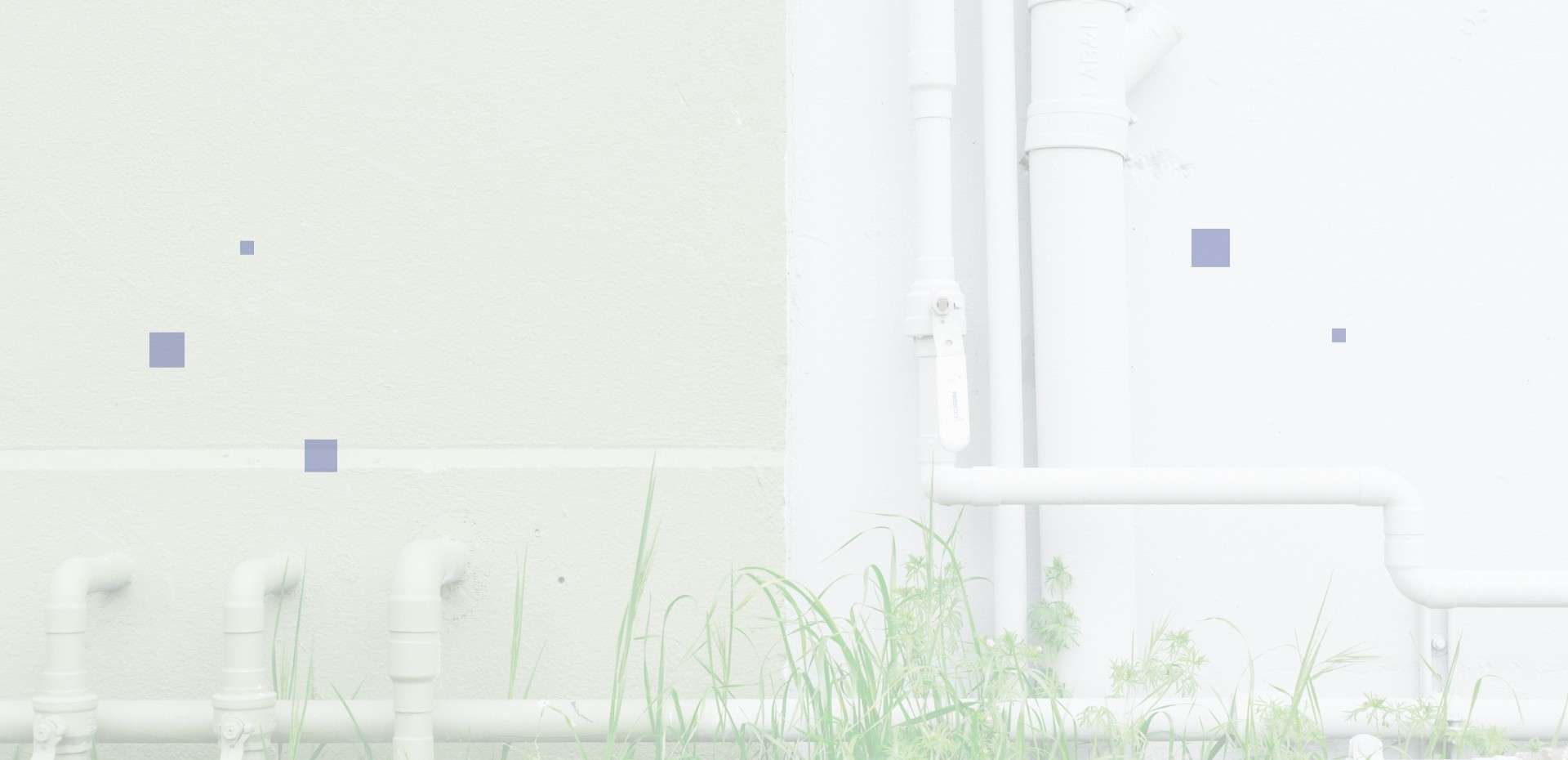
Help you
Frequently asked questions
This is just another name for a technical water tank, including rainwater tank, which is used to hold water and then use it. Retention tanks are distinguished between self-supporting and non-self-supporting tanks, and according to the material, most often concrete and plastic retention tanks.
The size of the rainwater tank depends on several factors that you should consider when determining the appropriate size of the rainwater tank:
- Roof size: the area of the roof from which rainwater will subsequently be discharged into the retention tank is the determining factor. The size of the area and the average rainfall in the area are calculated as part of the calculation of the expert opinion for the "Rainwater harvesting" grant.
- Climatic conditions: the amount of rainfall in the area where the rainwater harvesting areas are located.
- Water consumption: you need to think about how you want to use rainwater? Will it be used only for watering the garden, flushing the toilet, washing the car or for other purposes? According to this, it is advisable to determine how big a rainwater tank you need.
- Length of the dry season: if you live in an area with long periods without rainfall, you will need a larger rainwater tank to be able to "store" more water for the dry season.
- Available space: how much space do you have available to install a rainwater tank
How much space do you have available for rainwater harvesting? This is also a consideration when deciding how large a rainwater tank to install
to choose.
It is important to make a detailed calculation based on your specific situation and needs. You should also consult with a water or ecology expert to help you decide on the appropriate size of the rainwater tank.
Standard plastic tanks and sumps have several main advantages over concrete ones.
Plastic tanks and sumps have less weight than concrete structures. This makes them easier to transport, handle and install.
Plastic tanks and sumps are resistant to corrosion and erosive processes, making them suitable for storing or processing aggressive chemicals or other corrosive substances. Concrete may be sensitive to certain chemicals and may require protective coatings or other treatments.
If the focus is on durability, then plastic tanks and sumps typically have an equal or longer service life. They are resistant to weather effects such as temperature and humidity changes and are not prone to cracking and material destruction, which affects their strength and functionality.
Plastic tanks and sumps do not require as much maintenance as concrete structures. The plastic material is smooth and does not absorb substances, making it easier to clean and remove debris.
Plastic tanks and sumps are usually cheaper to manufacture, transport and install than concrete tanks.
The method of payment always depends on our mutual agreement. In the case of legal entities it is usually a form of invoicing, for individuals we prefer payment in cash. For all orders we charge a partial advance payment for materials.
For each product you will find links to datasheets, wiring diagrams and a range of additional information.
Yes, all our products are tested and approved by the state testing laboratory TZÚS Prague.
How the order is run
- 1
Based on the request, we will find out all the information and your individual requirements.
- 2
We will create an accurate calculation for you.
- 3
We will inform you about the production and subsequent delivery date.
- 4
We will agree on the method of transport.
- 5
After the price is approved, we will confirm the terms of the order and invite you to pay for it.
- 6
After payment, the product is ready for production/shipment.